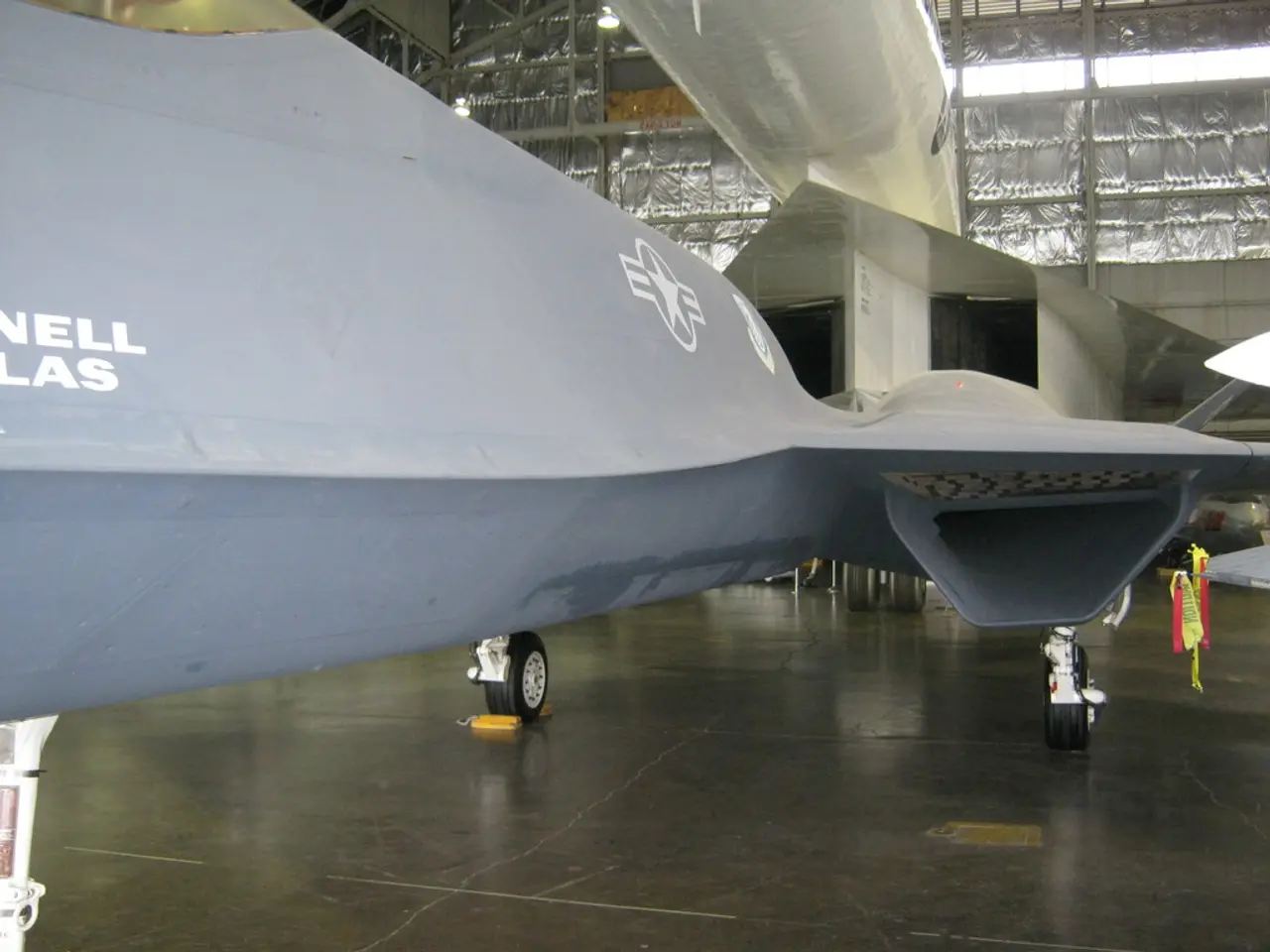Qantas Data Breach Exposure: Revealing Weaknesses in Airline Cybersecurity
In the wake of the Qantas cyber breach, which compromised the data of over six million passengers, experts are urging airlines to invest in advanced threat detection technologies for stronger cybersecurity. This is particularly important as advanced persistent threats (APTs) in aviation are on the rise, with groups like Scattered Spider posing a significant risk.
To bolster digital resilience, airlines are advised to adopt comprehensive, adaptive, and identity-centered defense strategies. Key strategies include:
- Comprehensive security audits and vulnerability management: Regularly conducting security assessments that combine automated scans and expert evaluation can help identify and prioritize vulnerabilities across all systems, including third-party software and suppliers.
- Penetration testing and Red Team exercises: These exercises simulate complex attacks to help identify exploitable weaknesses and train security teams for real-attacks, improving overall incident preparedness.
- Proactive incident response capabilities: Establishing rapid response plans is crucial to contain breaches quickly, expel attackers, ensure business continuity, and minimize economic and reputational damage.
- Identity-first security solutions: Layering modern identity proofing (such as biometrics and multifactor authentication) and identity orchestration platforms on top of existing infrastructure can enhance protection without costly overhauls.
- Mitigating third-party and supply chain risks: Given that vendors and suppliers often introduce vulnerabilities, airlines must require stringent cybersecurity standards and continuous monitoring within their ecosystem.
- Real-time threat detection and collaboration: Investing in advanced intrusion detection and sharing intelligence with international cyber defense alliances is vital against fast-moving, skilled attacker groups.
- Staff training against social engineering: Training personnel to recognize phishing and social engineering attempts is critical, as attackers often bypass technology controls by exploiting human factors.
The Qantas breach underscores the need for airlines to fortify their cyber defenses against sophisticated threats. It also underscores the importance of strict controls on access and data handling within third-party service providers. The rise of APTs like Scattered Spider further demands rapid incident detection and adaptive defense strategies that can handle persistent, sophisticated attackers moving laterally through systems.
Regulatory bodies are encouraged to establish stringent cybersecurity protocols and standards for airlines. Regular audits can help ensure compliance and foster continuous improvement in cybersecurity postures. Collaborating with cybersecurity firms to stay updated on threats and defense mechanisms is also considered crucial.
The Qantas breach serves as a pivotal moment for the aviation sector to prioritize cybersecurity as a fundamental aspect of operational strategies. In the digitized, interconnected environment, safeguarding airline operations against cyber threats is crucial for preserving data, passenger trust, and safety. Comprehensive cybersecurity strategies will be essential for airlines to fly smoothly and safely in the digital age.
- To align with stringent cybersecurity standards, regulators should include penetration testing and Red Team exercises in their comprehensive cybersecurity audits, boosting the industry's defense capabilities against advanced persistent threats.
- For a well-rounded cybersecurity encyclopedia, professionals should invest in real-time threat detection technologies, enabling them to quickly respond to and mitigate incidents, ensuring compliance and minimizing damage in the face of sophisticated attackers like Scattered Spider.
- To maintain cybersecurity technology prowess, airlines must collaborate with cybersecurity firms and industry peers, sharing knowledge on emerging threats and best practices, fostering a culture of continuous learning and improvement.








